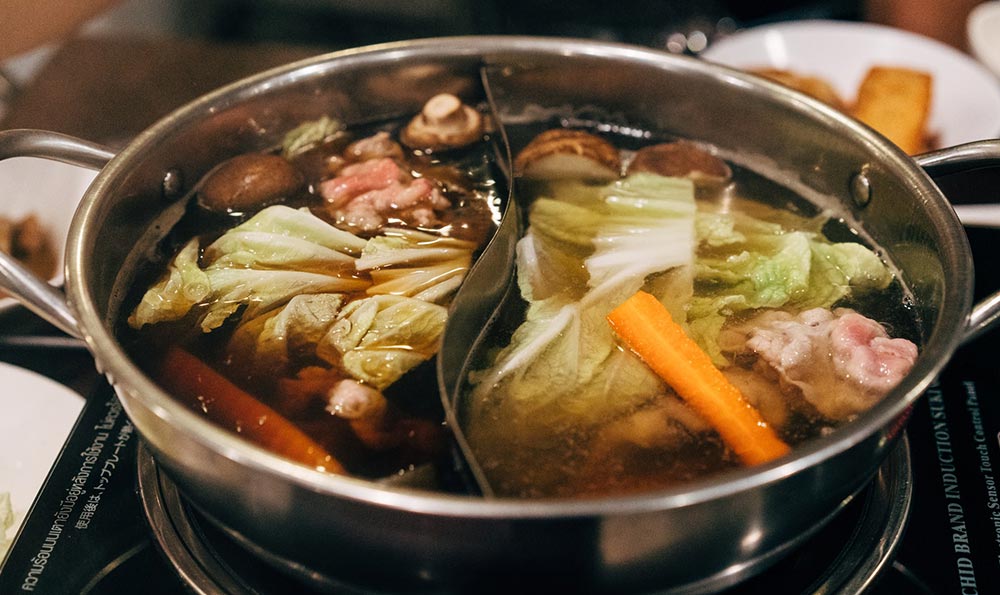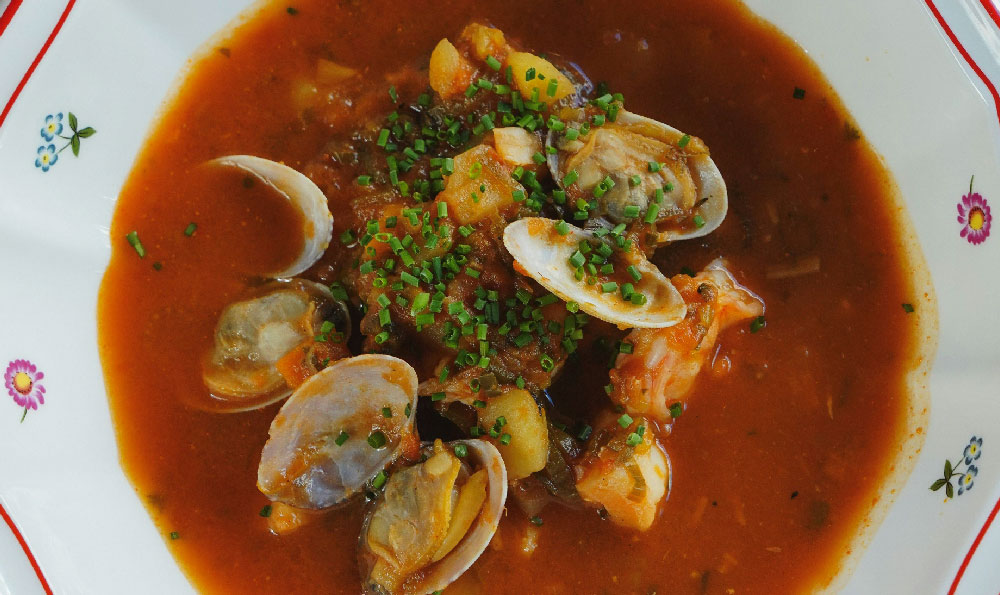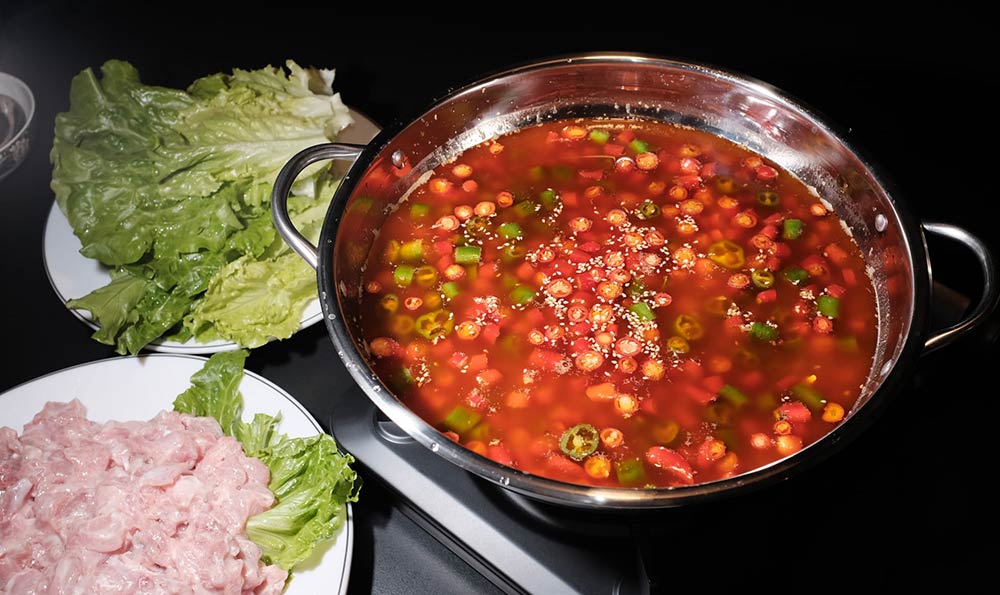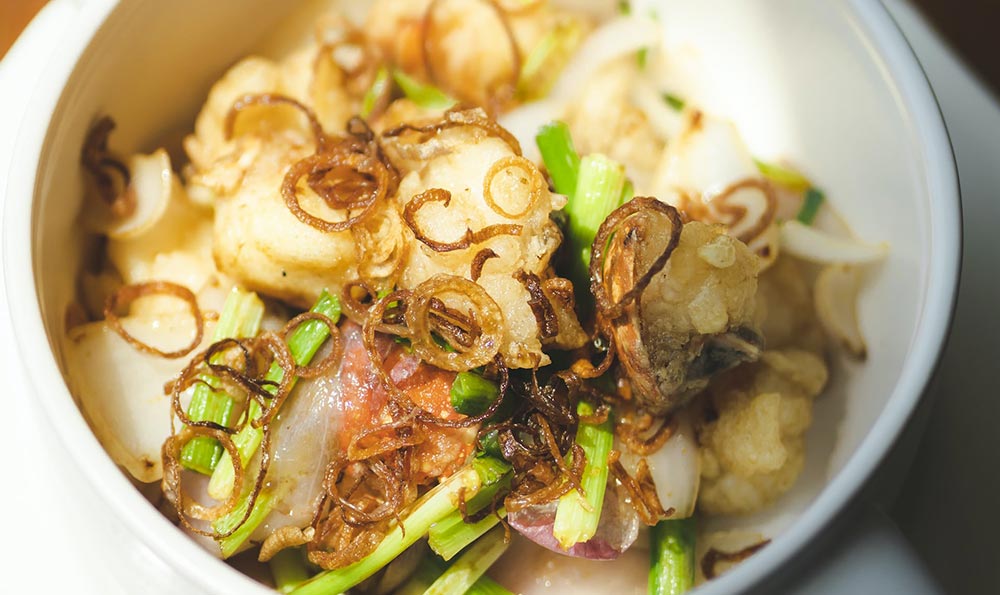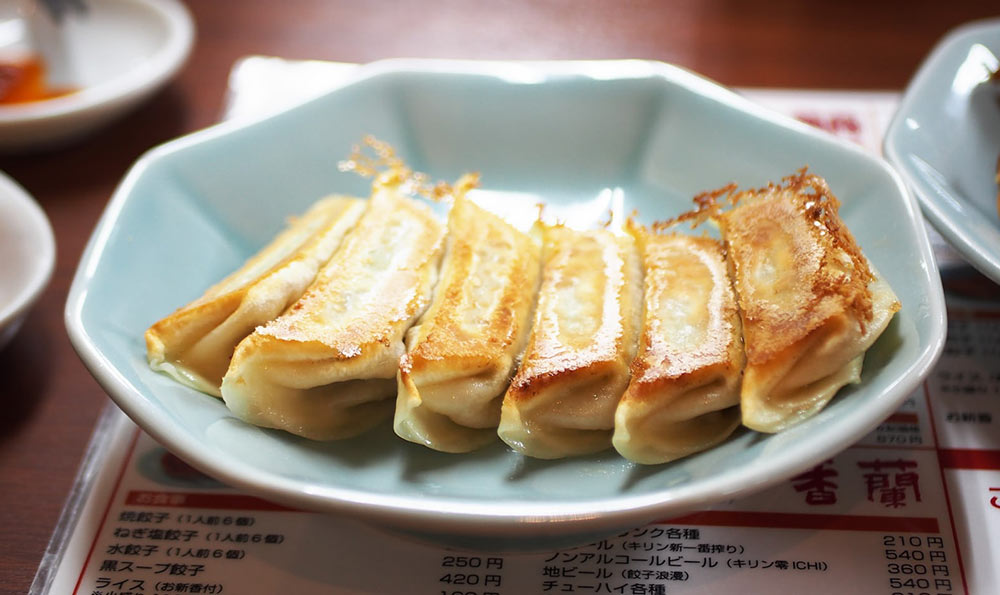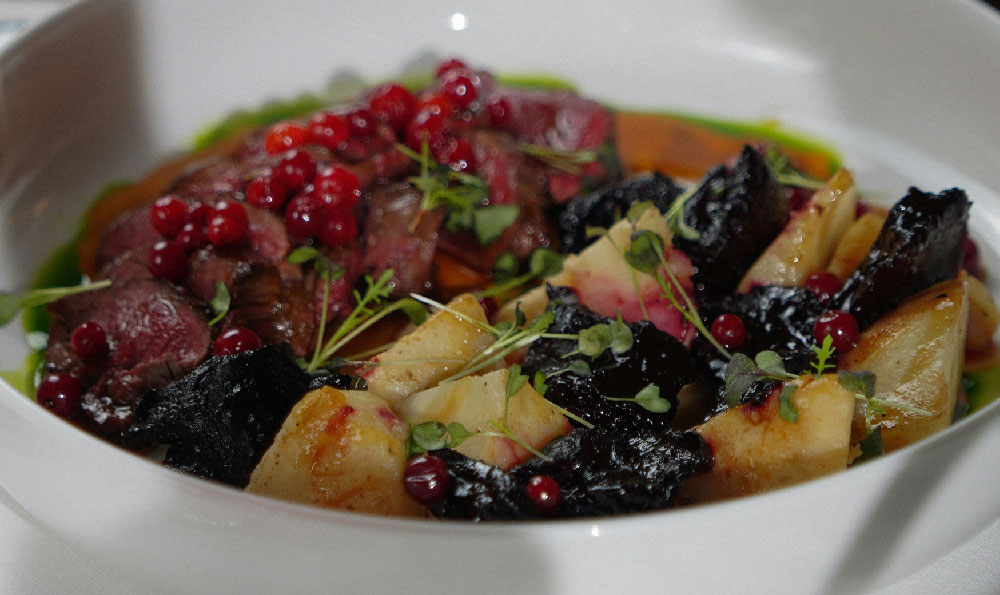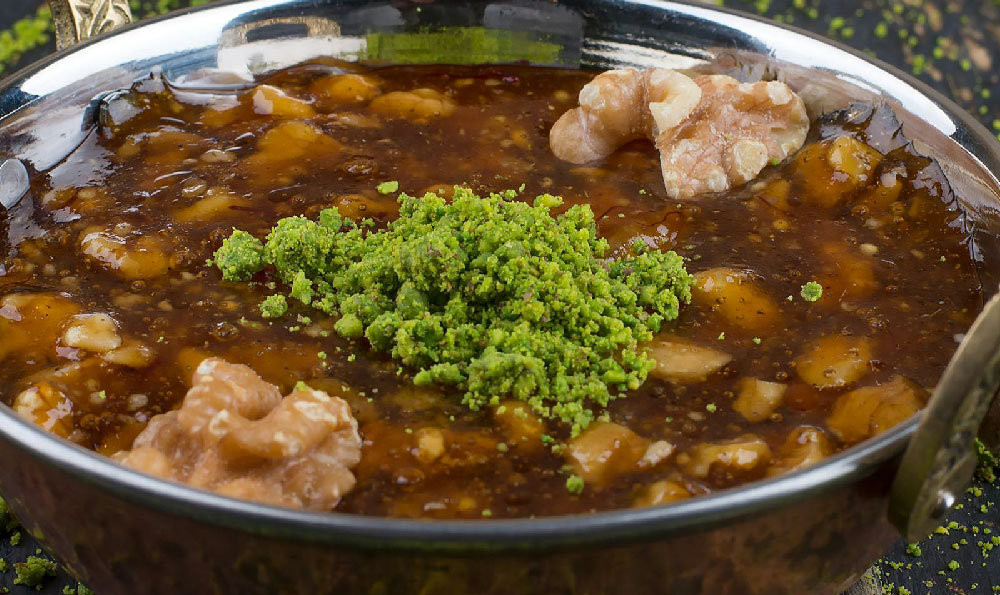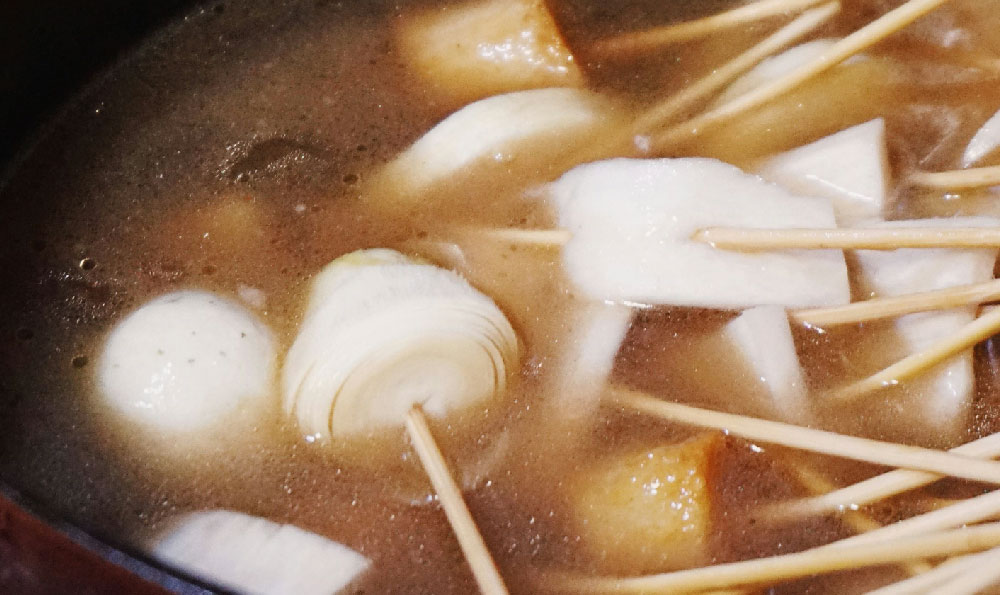
Beef hot pot, also known as "fei niu tang guo" in Chinese, is a popular dish in Chinese cuisine. It is a type of hot pot that features thinly sliced beef cooked in a flavorful broth. This article aims to provide a brief introduction to beef hot pot, highlighting its origin, ingredients, cooking process, and popularity.
Origin of Beef Hot Pot:
Beef hot pot originated in China and has a long history. It is believed to have been influenced by Mongolian hot pot, which was brought to China during the Yuan Dynasty. Over the years, beef hot pot has evolved and become a beloved dish in various regions of China, with each region adding its unique touch to the recipe.
Ingredients:
The main ingredients in beef hot pot are thinly sliced beef, a variety of fresh vegetables, mushrooms, tofu, and noodles. The broth is typically made with a combination of beef bones, spices, and herbs to create a rich and flavorful base. Additional condiments such as soy sauce, sesame oil, and chili oil are often served alongside to enhance the taste.
Cooking Process:
To prepare beef hot pot, a large pot of simmering broth is placed in the center of the dining table. Thinly sliced beef and other ingredients are then added to the pot and cooked at the table by the diners themselves. The beef slices are cooked quickly in the hot broth, resulting in tender and succulent meat. The vegetables, mushrooms, and noodles are added to the pot and cooked until tender.
Popularity:
Beef hot pot is a beloved dish in China and is enjoyed by people of all ages. It is a popular choice for gatherings with family and friends, as it allows for interactive dining and creates a warm and convivial atmosphere. The dish is not only popular in China but has also gained popularity in other countries, thanks to the spread of Chinese cuisine worldwide.
Conclusion:
In conclusion, beef hot pot is a delicious and interactive dish that has gained popularity both in China and around the world. With its origins in traditional Chinese cuisine, it offers a unique dining experience that brings people together. Whether it's the thinly sliced beef, flavorful broth, or variety of fresh ingredients, beef hot pot is a dish that satisfies both the stomach and the soul.
Beef Hotpot: A Brief Introduction
Introduction

Beef hotpot, also known as "肥牛汤锅" (féi niú tāng guō) in Chinese, is a traditional and popular dish in Chinese cuisine. This article aims to provide a concise and objective overview of beef hotpot, highlighting its key features and significance in the culinary industry.
The Origins of Beef Hotpot
Beef hotpot originated in Northern China and has a history of several hundred years. It is widely recognized for its rich flavors and unique cooking method. Traditionally, beef hotpot involves cooking thinly sliced beef, along with a variety of fresh vegetables and spices, in a simmering pot of flavorful broth. The slow-cooking process allows the ingredients to infuse their flavors together, resulting in a savory and mouthwatering dish.
Key Features of Beef Hotpot
One of the key features of beef hotpot is the selection and preparation of the ingredients. High-quality cuts of beef, such as ribeye or tenderloin, are preferred due to their tenderness and rich taste. The beef is thinly sliced to ensure quick and even cooking. Fresh vegetables, such as cabbage, mushrooms, and tofu, are commonly added to enhance the nutritional value of the dish.
Another significant aspect of beef hotpot is the broth. The broth serves as the foundation of the dish, providing a base for all the ingredients to cook and absorb flavors. The broth is typically made from a combination of beef bones, herbs, and spices, simmered for hours to extract the essence and create a robust and aromatic base.
Cooking and Enjoying Beef Hotpot
When it comes to cooking beef hotpot, the key is to control the heat and timing. The thinly sliced beef and vegetables are delicately placed into the simmering broth and cooked for a short period to retain their freshness and texture. Each ingredient absorbs the flavors of the broth, creating a harmonious balance of taste.
Beef hotpot is typically enjoyed in a communal dining setting. A hotpot pot, equipped with a stove, is placed in the center of the table, allowing diners to cook their own servings. This interactive and engaging dining experience brings people together, fostering conversation and enjoyment.
Conclusion
In conclusion, beef hotpot is a beloved dish in Chinese cuisine, known for its rich flavors and communal dining experience. The careful selection and preparation of ingredients, along with the simmering process in flavorful broth, contribute to its distinctive taste. Beef hotpot continues to captivate food enthusiasts worldwide with its unique combination of flavors, making it a staple in the culinary industry.
Beef Hot Pot: A Simple Introduction
Introduction

Beef hot pot, also known as "肥牛汤锅" in Chinese, is a popular dish in the culinary industry. This article aims to provide a concise and informative overview of this traditional delicacy. By presenting factual information and data, we will explore the characteristics, preparation, and cultural significance of beef hot pot.
Characteristics of Beef Hot Pot
Beef hot pot is a savory and hearty dish that showcases the rich flavors of beef, vegetables, and spices. Its main ingredient, beef, is thinly sliced and tender, contributing to the dish's unique texture and taste. The hot pot is traditionally cooked at the table, allowing diners to enjoy the interactive and communal experience. The broth, usually made from a combination of bone broth and various seasonings, further enhances the flavors.
Preparation of Beef Hot Pot
To prepare beef hot pot, various cuts of beef, such as ribeye, sirloin, or brisket, are thinly sliced. The vegetable selection, including leafy greens, mushrooms, and root vegetables, provides a balanced and nutritious meal. The cooking process involves placing the ingredients in a simmering hot pot filled with flavorful broth. Each diner can then cook the ingredients to their preferred doneness at the table, enhancing the interactive dining experience.
Cultural Significance
Beef hot pot has a long history in Chinese cuisine and is deeply rooted in Chinese culture. It is often enjoyed during family gatherings, holidays, and special occasions. The communal dining style encourages bonding and sharing among diners, creating a warm and lively atmosphere. Additionally, the various ingredients used in beef hot pot reflect the diversity of Chinese culinary traditions and regional preferences.
In conclusion, beef hot pot holds a special place in Chinese cuisine, offering a nourishing and flavorful dining experience. Its characteristics, preparation method, and cultural significance make it a beloved dish among both locals and international food enthusiasts. Whether enjoyed at home or in a restaurant, the beef hot pot brings people together, fostering connections and celebrating the rich culinary heritage of China.

